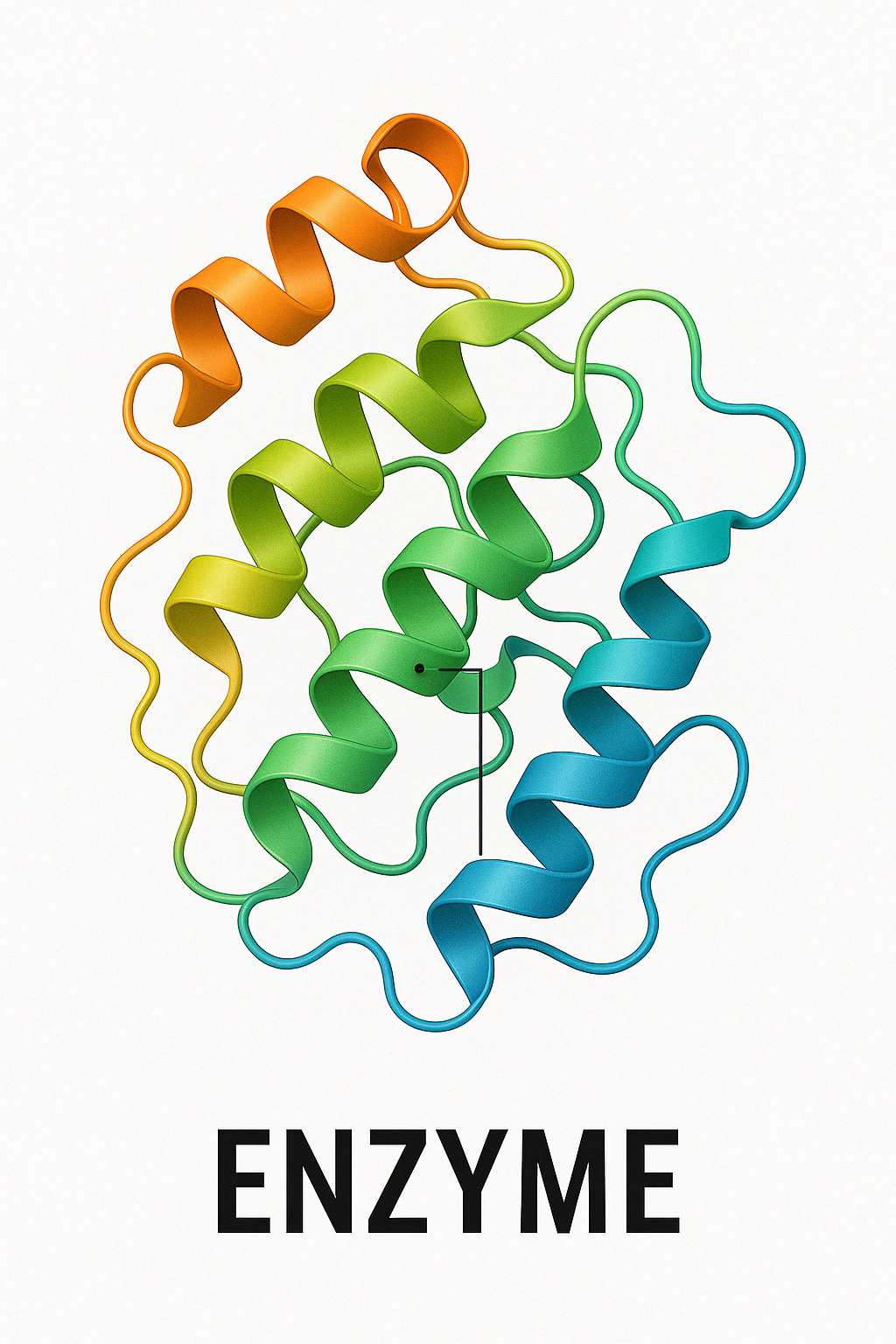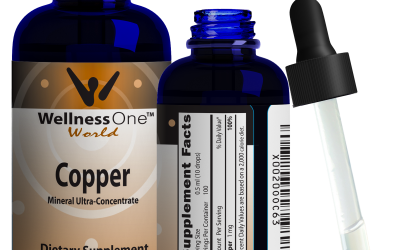Discover the Power of Enzymes
Seaprose S vs. Serrapeptase: A Comparative Guide
Proteolytic enzymes—also referred to as systemic enzymes—are natural proteins that help break down other proteins in the body. These enzymes are often used to support inflammation reduction, tissue healing, and the body’s immune and circulatory systems. Two well-known enzymes in this category are Seaprose S and Serrapeptase. While both offer therapeutic benefits, they differ in how they work, how well they’re tolerated, and which health conditions they are best suited for.
This article provides a clear comparison between the two, explaining their roles in enzyme therapy and highlighting why Seaprose S may be the preferred option, especially in broad-spectrum enzyme supplements designed for long-term, whole-body support.
Enhanced Respiratory Support
Safe for Long-Term Use
Minimal Side Effects
Comprehensive Health Benefits
Understanding Seaprose S
What Is Seaprose S?
Seaprose S (also called Protease S or Actinase) is a semi-alkaline enzyme, meaning it works well in a slightly basic pH environment such as the intestines. It is derived from a natural fungus called Aspergillus melleus and belongs to the proteolytic enzyme family because it breaks down proteins that can cause swelling and congestion.
Seaprose S is known for being:
- Anti-inflammatory: Helps calm the body’s response to injury or irritation.
- Anti-edematous: Reduces fluid buildup and swelling in tissues.
- Mucolytic: Thins and loosens thick mucus, especially in the lungs and sinuses.
These actions make Seaprose S helpful in managing conditions like chronic bronchitis, sinusitis, asthma, and post-surgical swelling.
At a biological level, Seaprose S works by reducing the activity of white blood cells (neutrophils) that can worsen inflammation. It also lowers the levels of inflammatory chemicals in the body, such as interleukin-6 (IL-6) and tumor necrosis factor-alpha (TNF-α) [1]. Additionally, it helps protect cells from oxidative stress, which is damage caused by unstable molecules (free radicals) that build up during chronic inflammation [2].
Importantly, Seaprose S is considered gentle on the stomach, making it well-suited for daily and long-term use.
Listen to the Great Wellness Reset Podcast Episode: The Enzyme Edge!
What Is Serrapeptase?
Serrapeptase, also known as Serratiopeptidase, is an enzyme originally found in the gut of silkworms, where it helps them dissolve their cocoons. It is now made through fermentation by a bacterium called Serratia marcescens. Like Seaprose S, it breaks down unwanted proteins in the body.
Serrapeptase is known for:
- Fibrinolytic properties: It breaks down fibrin, a protein involved in blood clotting and scar tissue formation.
- Anti-inflammatory action: Reduces swelling and tissue irritation.
- Analgesic effect: Helps reduce pain, especially when caused by inflammation.
This enzyme is commonly used for post-surgical recovery, arthritis, chronic sinus infections, and fibrocystic breast conditions.
Serrapeptase works by dissolving fibrin, which helps the body clear out clots, dead tissue, and excess fluids. It also helps regulate bradykinin and prostaglandins, which are chemicals involved in pain and inflammation [3].
However, Serrapeptase is known to sometimes cause digestive side effects, such as bloating, nausea, or gas, particularly when taken without food. Because of its ability to break down fibrin, it may not be suitable for people who are taking blood-thinning medications or have bleeding disorders.
Comparative Overview: Seaprose S vs. Serrapeptase
Feature
Seaprose S
Serrapeptase
Source
Primary Action
How It Works
Common Uses
Stomach Tolerance
Blood Clotting Risk
Best For
Fungal origin (Aspergillus melleus)
Mucus thinning, inflammation reduction
Lowers mucus thickness, blocks inflammatory chemicals
Respiratory issues, chronic inflammation
High—easy on digestion
No effect—safe with blood thinners
Long-term respiratory, immune, and inflammation support
Bacterial origin (Serratia marcescens)
Fibrin breakdown, pain and inflammation relief
Breaks down fibrin and regulates pain-causing compounds
Post-surgery, arthritis, scar tissue reduction
Moderate—may cause GI upset in some users
Affects clotting—caution with anticoagulants
Short-term trauma, post-operative recovery
Exploring the Benefits of Seaprose S
Why Seaprose S May Be the Preferred Broad-Spectrum Enzyme
Preferred Broad-Spectrum Enzyme
Seaprose S Offers Several Advantages
While both enzymes have valid uses, Seaprose S offers several advantages, especially in multi-enzyme formulas designed for overall health and daily use.
1. Improved Respiratory Support
Seaprose S stands out for its ability to break down thick mucus, making it ideal for people with sinus congestion, asthma, or bronchitis. Studies show it outperforms other enzymes in supporting clear airways and easier breathing [4].
2. Lower Risk of Side Effects or Drug Interactions
Unlike Serrapeptase, Seaprose S does not affect blood clotting. This makes it safer for individuals taking blood thinners or managing cardiovascular health. It also poses minimal digestive risk, making it a better option for those with sensitive stomachs.
3. Better for Long-Term Use
Because Seaprose S is well-tolerated, it can be taken daily over longer periods without causing digestive upset. This makes it a more suitable option for individuals with chronic inflammation or respiratory conditions requiring ongoing support.
4. Multiple Health Benefits
In addition to fighting inflammation and thinning mucus, Seaprose S helps reduce oxidative stress, which plays a role in aging and chronic disease. It also modulates immune activity, helping restore balance in overactive or underactive immune conditions.
A Safe Choice for Long-Term Health
Clinical Applications and Combination Use
Broad-Spectrum Enzyme Blends
Seaprose S is commonly included in broad-spectrum enzyme blends designed to support:
- Tissue healing
- Respiratory health
- Immune regulation
- Post-surgical recovery
- Inflammatory balance
- Trauma
Seaprose S is often included in enzyme blends designed to enhance tissue healing, regulate immune function, and support post-surgical recovery. When combined with other enzymes like bromelain, peptidase, and catalase, Seaprose S amplifies the overall therapeutic effects. This combination can significantly reduce inflammation, protect against oxidative stress, and promote whole-body wellness. Such synergistic effects make it a valuable component in comprehensive health supplements aimed at addressing multiple health concerns simultaneously.0
In contrast, Serrapeptase may be more appropriate for short-term use, such as managing pain or swelling after surgery. However, because of its potential side effects and clot-related risks, it may not be ideal for long-term use in all individuals.
Conclusion
Both Seaprose S and Serrapeptase are effective systemic enzymes with important therapeutic roles. But for those seeking a gentle, well-rounded, and multi-purpose enzyme, Seaprose S is often the better choice. It delivers strong respiratory and anti-inflammatory benefits, supports immune balance, and has minimal side effects—making it ideal for everyday use.
That’s why Seaprose S is found in many broad-spectrum proteolytic enzyme supplements that also includes Nattokinase, Bromelain, Peptidase, Catalase, Rutin, and antioxidant support to promote total-body wellness, recovery, and inflammation management—naturally.
References
- Inoue M, et al. Effect of Seaprose S on cytokine production and neutrophil accumulation in a murine model of inflammation. Inflammation Research.
- Mazzone A, et al. Evaluation of Seaprose S on oxidative stress markers in patients with chronic sinusitis. Clin Ter.
- Esch PM, et al. Serrapeptase: An orally available anti-inflammatory agent. Journal of International Medical Research.
- Yamamoto Y, et al. Efficacy of Seaprose S in reducing sputum viscosity in chronic bronchitis. Respir Med. 1997.










0 Comments